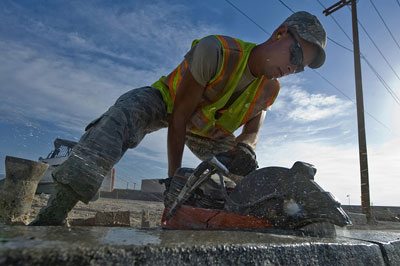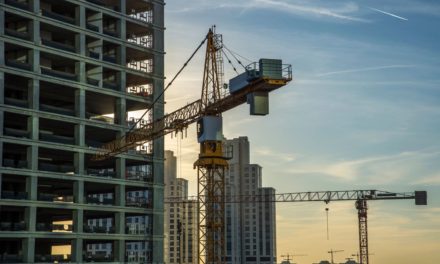Build with Strength, a coalition of the National Ready Mixed Concrete Association, chose Washington, DC to host the first of a series of roundtable discussions with the design/build community designed to highlight the strength and durability of concrete construction in the low to mid-rise building sector, and in general.
“Tuesday’s panel was part of a multi-year campaign to help architects, designers, city planners and elected officials better understand how concrete construction leads to stronger, safer and more durable homes that can save lives while cutting cost over time,” said Robert Garbini, President of NRMCA. “In the Washington metro area we constantly see cheap wooden frames being erected for low-mid-rise residential projects. Knowing what we know about the sustainability and resilience of concrete versus wood, it’s our responsibility to educate others.”
 The panel was part of the International Concrete Sustainability Conference and featured experts from the design, construction and safety communities including Eric Coleman, Development Coordinator of EYC Companies; Randy Kirchain, Principal Research Scientist at MIT; Jon Narva, Director of External Relations for the National Association of State Fire Marshalls and Chris Drew, Director of Sustainability at, Adrian Smith + Gordon Gil.
The panel was part of the International Concrete Sustainability Conference and featured experts from the design, construction and safety communities including Eric Coleman, Development Coordinator of EYC Companies; Randy Kirchain, Principal Research Scientist at MIT; Jon Narva, Director of External Relations for the National Association of State Fire Marshalls and Chris Drew, Director of Sustainability at, Adrian Smith + Gordon Gil.
“Architects must consider the full life-cycle costs of buildings during development,” said Randy Kirchain, Principal Research Scientist at MIT. “Thinking long-term – beyond the initial phase where we look at construction and materials – is critically important.”
“In many instances, especially during construction, wood frame buildings are more susceptible and vulnerable to fire damage than similar concrete structures” said Jon Narva, Director of External Relations for the National Association of State Fire Marshals. “Because of this, first responders approach fires in these structures differently than they would a less vulnerable concrete structure.”
“The nature of concrete in construction offers advantages beyond strength and durability,” said Eric Coleman, Development Coordinator of EYC Companies. “Concrete’s composition and mass means heat moves more slowly through the material, keeping buildings warmer in the winter and cooler in the summer. This energy efficiency translates directly into cost-savings over the long-term.”
Visit www.buildwithstrength.com to learn about concrete construction, its ease of use, creative applications, safety and strength.




